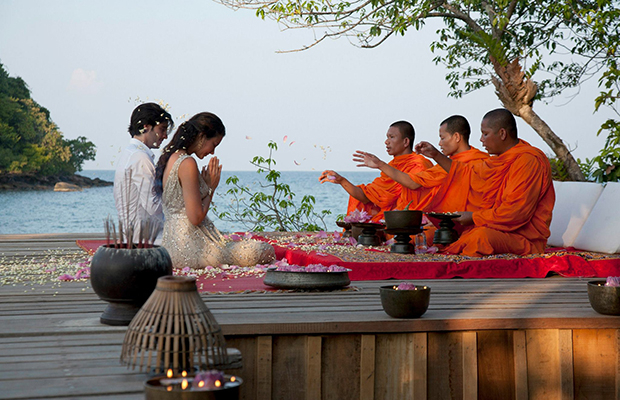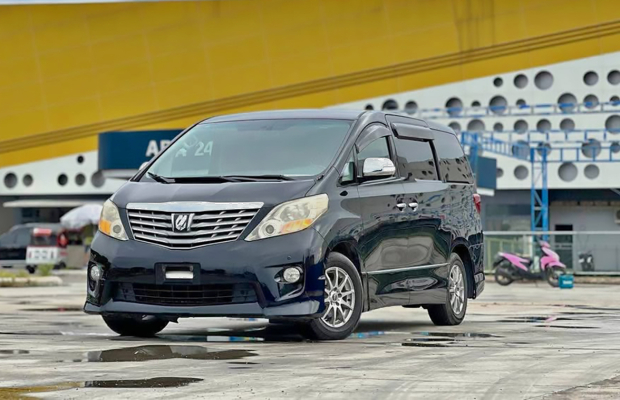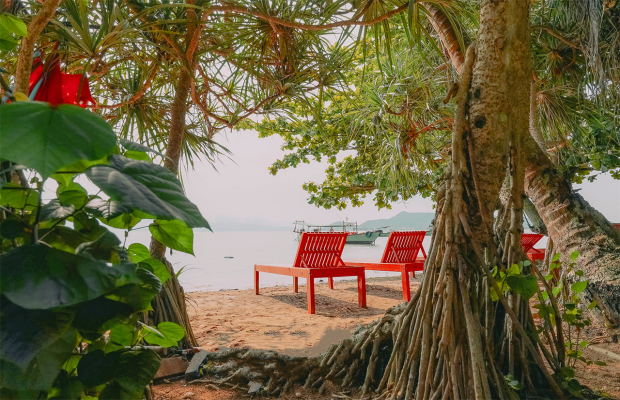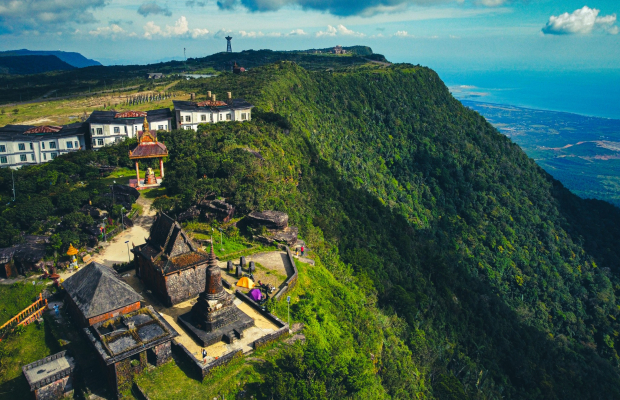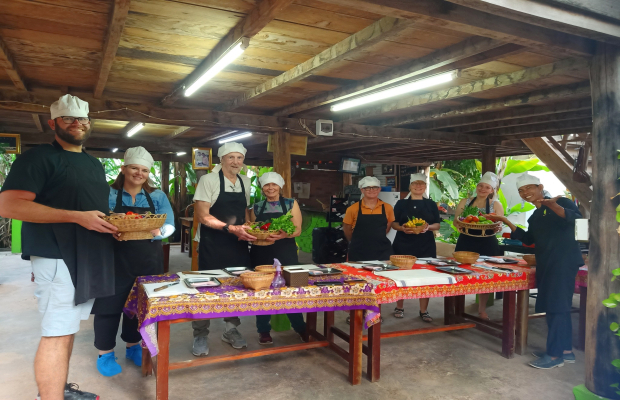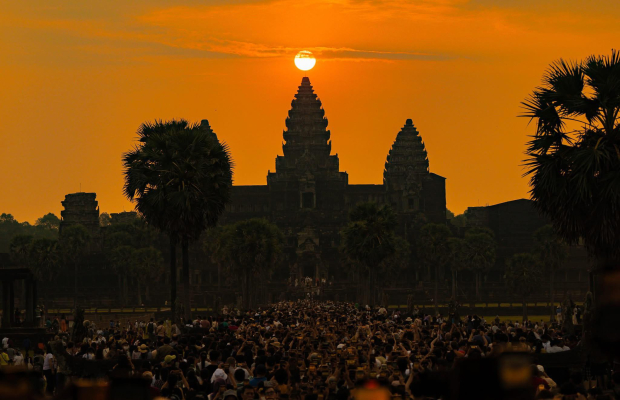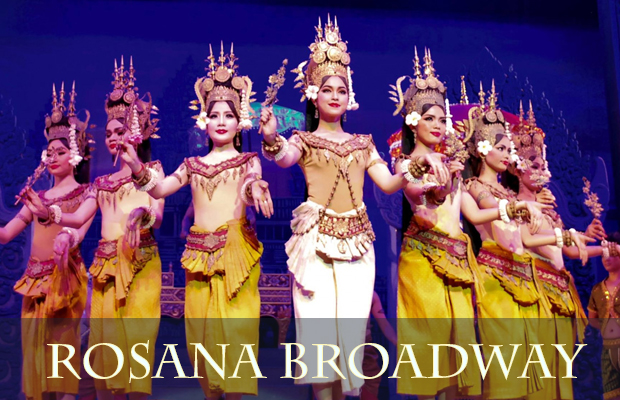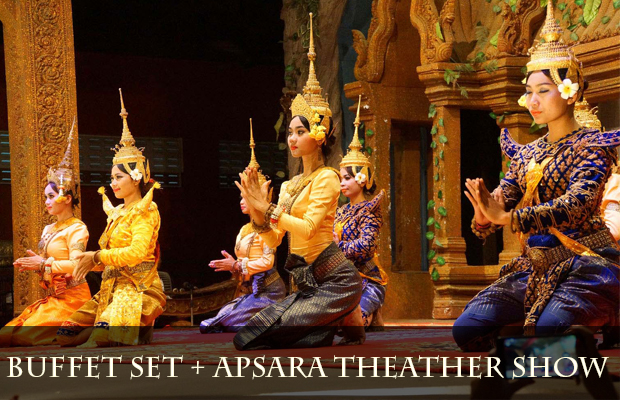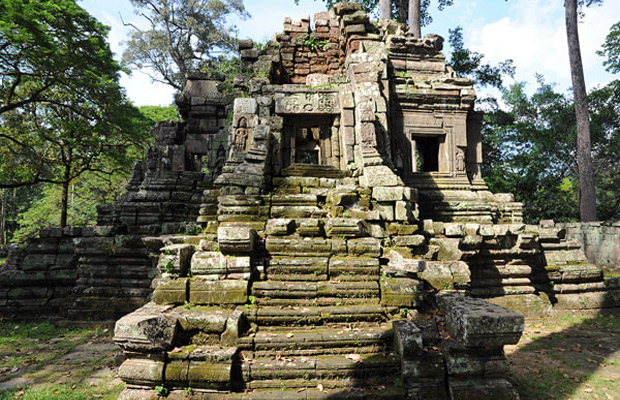Cambodia Temple Guide
Banteay Kdei Temple
Banteay Kdei Temple (Prasat Banteay Kdei), meaning "A Citadel of Chambers", also known as "Citadel of Monks' cells", is a Buddhist temple in Angkor, Cambodia. It is located southeast of Ta Prohm and east of Angkor Thom. Built in the mid 12th to early 13th centuries AD during the reign of Jayavarman VII (who was posthumously given the title "Maha paramasangata pada"), it is in the Bayon architectural style, similar in plan to Ta Prohm and Preah Khan, but less complex and smaller. Its structures are contained within two successive enclosure walls, and consist of two concentric galleries from which emerge towers, preceded to the east by a cloister.
This Buddhist monastic complex is currently dilapidated due to faulty construction and poor quality of sandstone used in its buildings, and is now undergoing renovation. Banteay Kdei had been occupied by monks at various intervals over the centuries till 1960s.
Sprawling, largely unrestored, monastic complex in much the same style as Ta Prohm. It was originally constructed over the site of an earlier temple, and functioned as a Buddhist monastery under Jayavarman VII. As with other works of Jayavarman VII's era, it is a tightly packed architectural muddle, which like Bayon, suffered from several changes in the plans at the time of construction. It was also built using an inferior grade of sandstone and using poor construction techniques, leading to much of the deterioration visible today.
A restoration project is underway on many of the towers and corridors, and some areas are blocked off. The foundation stele of the temple has not been found so there is no record of to whom it is dedicated. The 13th century vandalism of Buddha images that is seen on many Jayavarman VII temples is quite apparent on Banteay Kdei. Combine with a visit to Srah Srang, which is just opposite the east entrance.
Geography
The Banteay Kdei, one of the many Angkor temples, is located in the Angkor Archaeological Park of 300 square kilometres (120 sq mi) area. The ancient city of Angkor during the Khymer Empire extended from Tonle Sap to the Kulen hills covering a vast area of 1,000 square kilometres (390 sq mi).[5] The temple is approached from the east gopura of Ta Prohm along a 600 metres (2,000 ft) path. This path leads to the west gate entrance gopura of Banteay Kdei. It is 3 kilometres (1.9 mi) east of Angkor Thom.
History of Banteay Kdei Temple
The Khmer Empire lasted from 802 to 1431, initially under Hindu religious beliefs up to the end of the 12th century and later under Buddhist religious practices. It was a time when temples of grandeur came to be built and reached a crescendo during the reign of Suryavarman II until 1191, and later in the 12th–13th centuries, under Jayavarman VII. Many Buddhist temples were built, including the Banteay Kdei, from middle of the 12th century to early 13th century. Though Jayavarman VII was credited with building many temples, he was also accused of squandering money on extravagant temple building projects at the expense of society and other duties. He built Buddhist temples in which Bodhisattva Avalokitesvara was the main deity. This temple built, conforming to the style of the Ta Prohm and Preah Khan temples in the vicinity during the same period by Jayavarman VII, but of a smaller size, was built as a Buddhist monastic complex on the site of a 10th century temple built by Rajendravarman. Some small inscriptions attest to the building of this temple by Jayavarman VII and the royal architect, Kavindrarimathana.
Jayavarman VII had come to power at the age of 55 after defeating Chams who had invaded Angkor and subjected it to devastation. His "prodigious activity" resulted in the restoration of Cambodia from its ruins. He was chiefly the architect of the rebuilt capital at Angkor Thom and was called a "Great Builder". He was responsible for building many temples, which apart from Banteay Kdei, included the central temple of the Bayon, Prah Khan, Ta Prohm and many others, and also many rest houses for pilgrims. The reasons for building this temple at its present site is not known. However, it is established that the temple is a contemporary of the Angkor Wat as many similarities have been identified between the two, and also with Phimai temple in Thailand. It is reported to be the first temple built by Jayavarman VII in 1181 AD, opposite to the Srah Srang reservoir.



